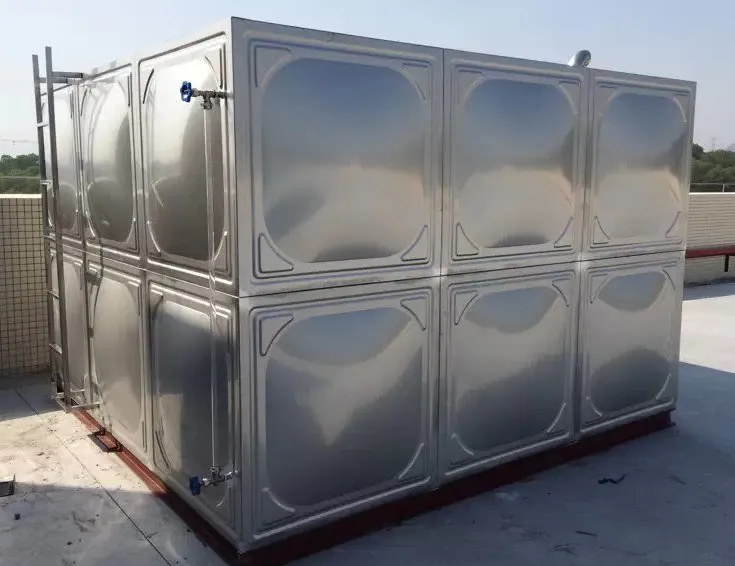loading...
- No. 9, Xingyuan South Street, Dongwaihuan Road, Zaoqiang County, Hengshui, Hebei, China
- admin@zjcomposites.com
- +86 15097380338
- Welcome to visit our website!
Estimating the Expenses for FRP Grating Installation and Maintenance
Understanding the Cost of FRP Grating
FRP (Fiberglass Reinforced Plastic) grating is a composite material widely used in various industrial applications due to its excellent strength-to-weight ratio, corrosion resistance, and maintenance-free properties. Particularly in environments where typical materials like steel or aluminum may fail or degrade, FRP grating presents a viable alternative. However, understanding the cost associated with FRP grating is essential for any project manager or procurement officer looking to implement it in their projects.
What Influences the Cost of FRP Grating?
Several factors influence the cost of FRP grating, making it essential to evaluate each component separately for budget planning.
1. Material Composition The primary materials used in FRP grating are fiberglass and resin. The type and quality of these materials can significantly affect the price. Vinyl ester resins, for example, offer higher corrosion resistance but come at a premium compared to standard polyester resins.
2. Manufacturing Process The method of production also impacts the cost. FRP grating can be produced through processes such as pultrusion and molding. Pultruded grating, known for its high strength and structural integrity, is usually more expensive than molded options due to the energy-intensive production techniques.
3. Dimensions and Design Standard grating sizes are often cheaper than custom sizes. Furthermore, the thickness and load-bearing capacity required for specific applications (heavy-duty vs. light-duty) can influence pricing. It is crucial to assess the load requirements accurately to avoid overspending on unnecessary strength.
4. Type of Grating There are different types of FRP grating available – including molded grating, pultruded grating, and hybrid options. Each type caters to specific application needs, and their cost varies accordingly. For example, lightweight molded grating is generally less expensive but offers lower load-bearing capabilities compared to pultruded grating.
frp grating cost

5. Coating and Finish FRP grating can be available with different surface finishes, such as textured or smooth. Textured surfaces, for instance, provide improved slip resistance and might incur additional costs related to the finishing process.
6. Installation and Labor Costs While the price of the grating itself is a significant factor, installation costs should not be overlooked. FRP grating is generally lightweight and easy to install, leading to lower labor costs, but specialized installation requirements can drive these costs up.
7. Location and Shipping Depending on the supplier's location, shipping costs can also add a considerable amount to the overall expenses, especially for larger orders. It’s advisable to consider local suppliers or fabricators to mitigate these costs.
Estimating Overall Costs
On average, the cost of FRP grating ranges from $5 to $50 per square foot, depending on the factors outlined above. It is critical to obtain quotes from multiple suppliers, as prices can vary significantly based on regional market conditions and suppliers’ pricing strategies.
Conclusion
Investing in FRP grating can be cost-effective in the long run, particularly when considering its durability and low maintenance needs. Understanding the various factors that influence pricing will empower project managers to make informed decisions tailored to their specific applications. By properly estimating costs and sourcing quality materials, businesses can enjoy the benefits of FRP grating while optimizing their expenditure. In the end, a thorough cost analysis that considers all the mentioned factors will lead to a successful and financially sound project.
-
The Rise of FRP Profiles: Strong, Lightweight, and Built to LastNewsJul.14,2025
-
SMC Panel Tanks: A Modern Water Storage Solution for All EnvironmentsNewsJul.14,2025
-
GRP Grating: A Modern Solution for Safe and Durable Access SystemsNewsJul.14,2025
-
Galvanized Steel Water Tanks: Durable, Reliable, and Ready for UseNewsJul.14,2025
-
FRP Mini Mesh Grating: The Safer, Smarter Flooring SolutionNewsJul.14,2025
-
Exploring FRP Vessels: Durable Solutions for Modern Fluid HandlingNewsJul.14,2025
-
GRP Structures: The Future of Lightweight, High-Performance EngineeringNewsJun.20,2025
